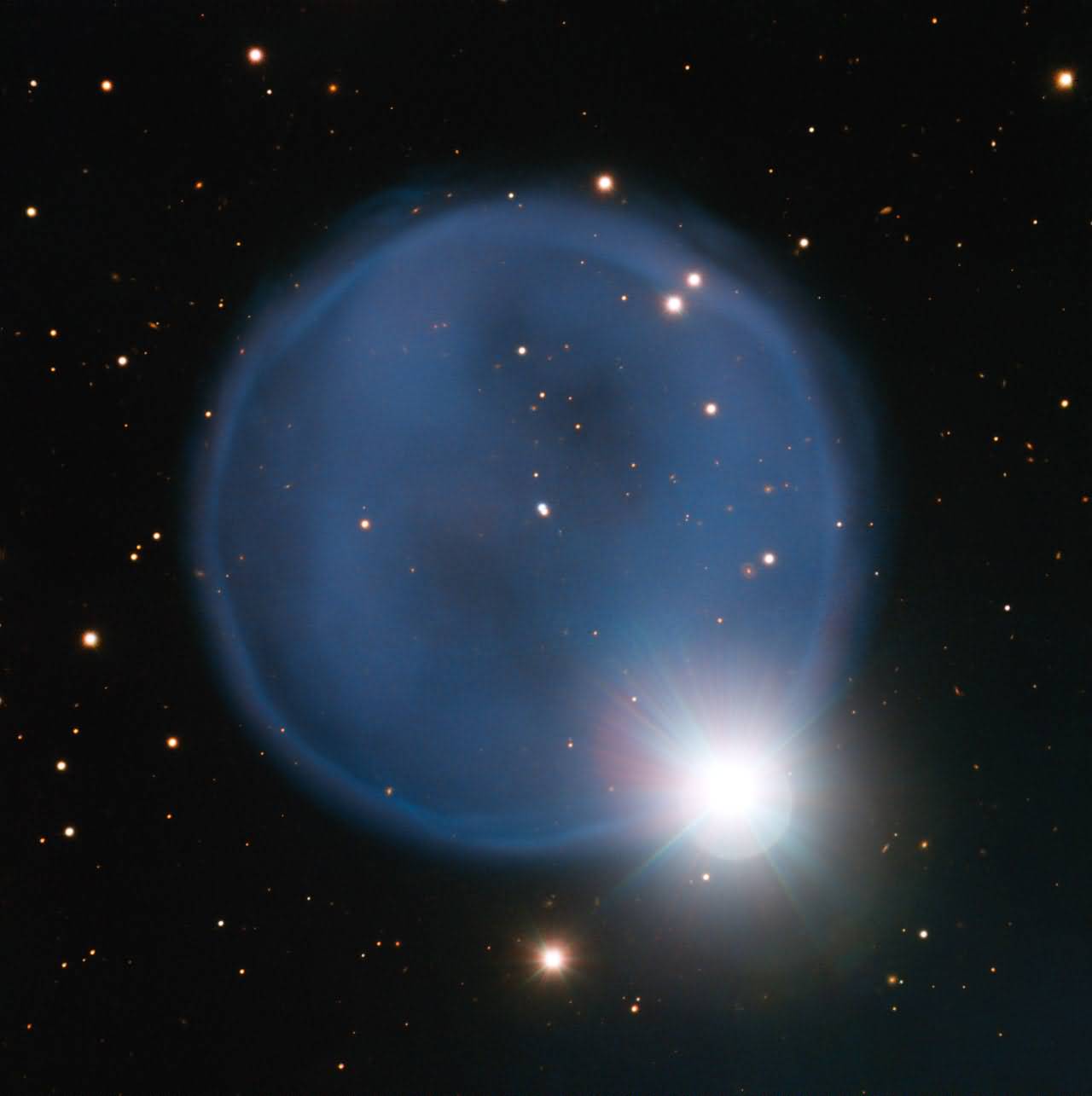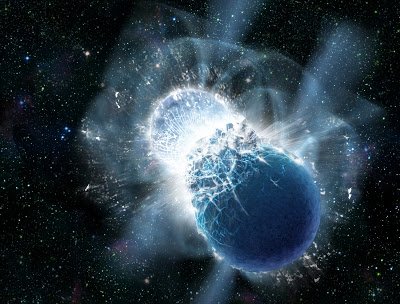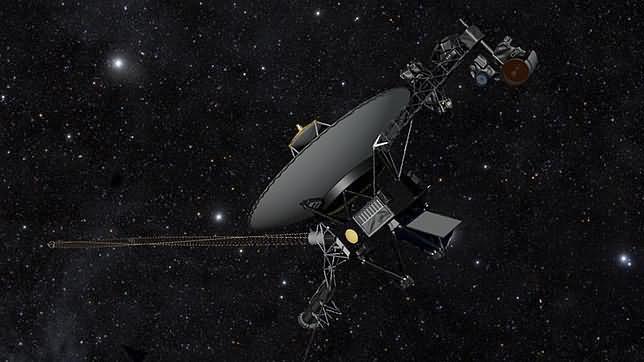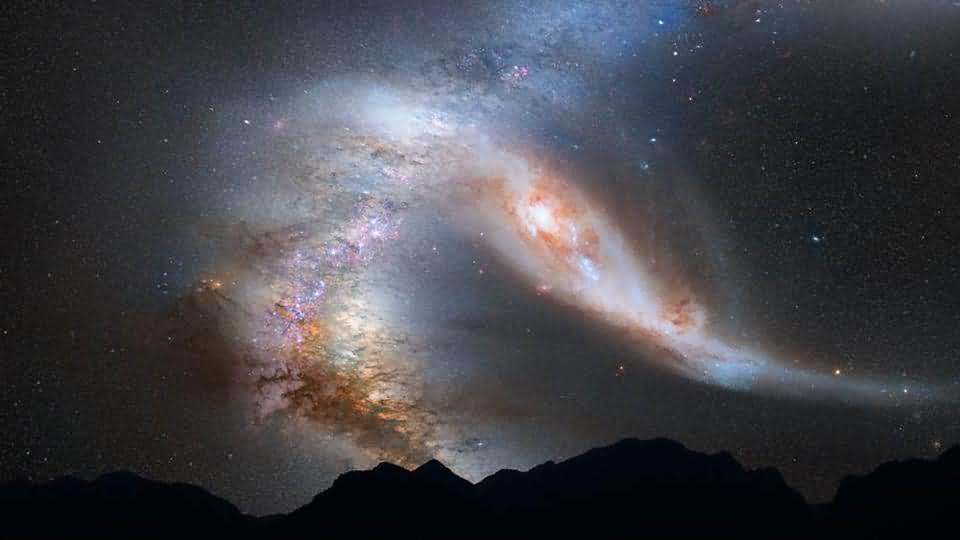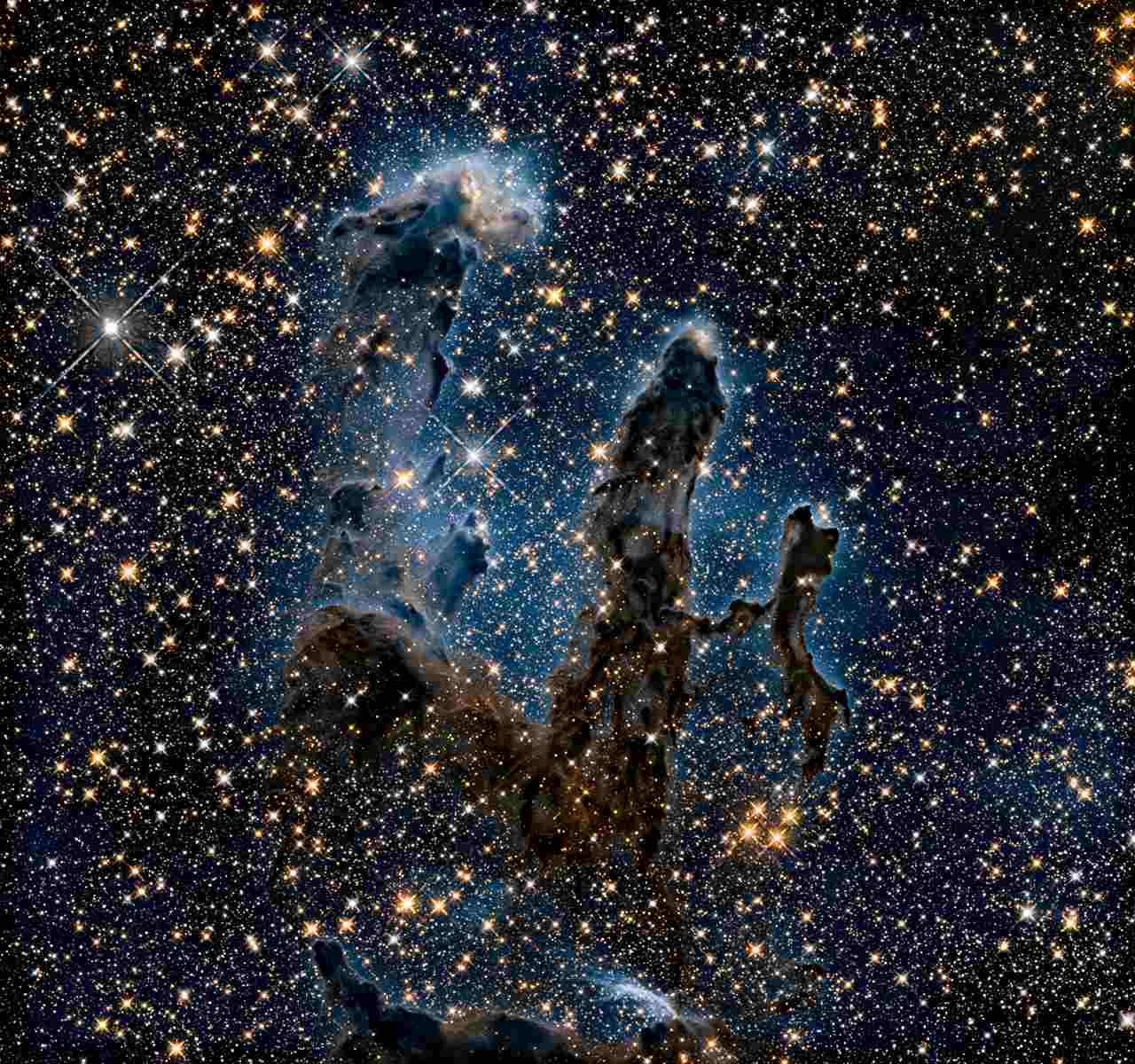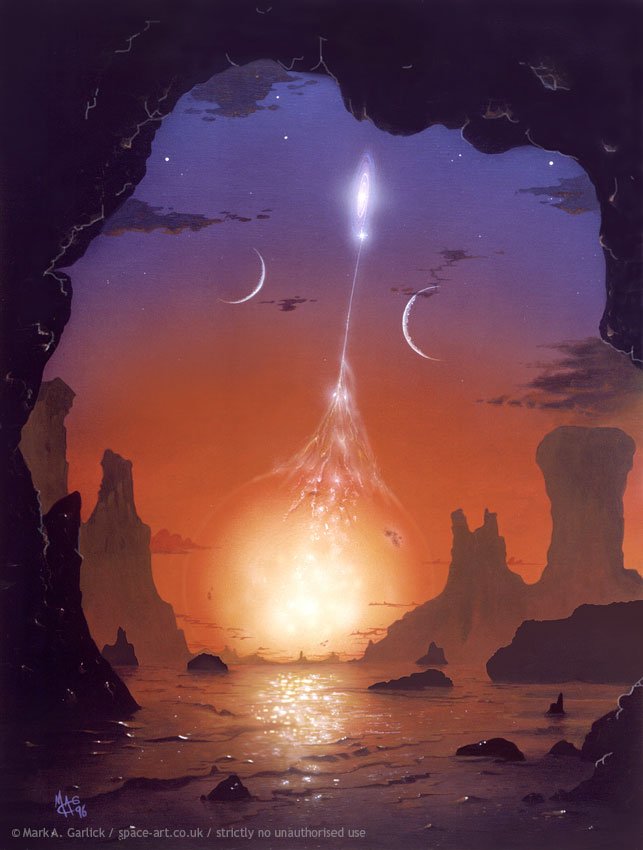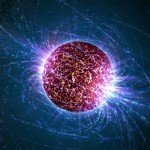Solitaire Ring in Space – Abell 33
Astronomers using ESO's Very Large Telescope in Chile have captured a remarkable image of the planetary nebula PN A66 33 — commonly known as Abell 33. This beautiful blue bubble, formed when an old star sheds its material into space, has coincidentally aligned with a star in front of it, creating a structure that resembles an enigmatic silver solitaire engagement ring.
Most stars with a mass similar to our Sun end up as white dwarfs—small, extremely dense, and hot objects that slowly cool over billions of years. In this final stage of their lives, stars shed their atmospheres into space, forming planetary nebulae—colorful, glowing clouds of gas that surround the small, bright stellar remnant.

This beautiful blue bubble, formed when an old star shed its matter into space, happened to line up with a star in front of it, creating a structure that resembles an uncanny silver solitaire engagement ring.
This image, taken with ESO's Very Large Telescope (VLT), shows the strikingly round planetary nebula Abell 33, approximately 2,500 light-years from Earth. Such a perfect spherical shape is uncommon for such objects—something often disrupts the symmetry, causing planetary nebulas to take on irregular shapes. [1].
The strikingly bright star in this VLT image is located right on the edge of the nebula, creating a beautiful illusion. The star in this fortunately captured image, HD 83535, passes in front of the nebula and lies halfway between Earth and Abell 33, its location strikingly enough to create a beautiful spectacle. Together, HD 83535 and Abell 33 resemble a sparkling diamond ring.
The object left behind by Abell 33's progenitor star remains a white dwarf, visible in the image as a tiny pearl near the center of the nebula. It is still bright enough—more luminous than our Sun—and emits enough ultraviolet radiation to make the surrounding bubble glow. [2].
Abell 33 was a 1966 discovery by astronomer George Abell. Abell Catalogue of Planetary NebulaeIt is just one of 86 objects in the galaxy. Abell also surveyed the sky for clusters of galaxies and discovered over 4,000 clusters in both the southern and northern hemispheres. Abell CatalogHe collected it in .
The data containing the image is from the VLT FORS instrument, this spectrograph was obtained by ESO's Cosmic Gems programme[3] was acquired thanks to.
Notes
[1] For example, the direction of rotation of the star, or if the central star is a member of a binary or multiple system.
[2] In this very sharp image, the central star appears as a pair. Whether this is a true pair or a chance alignment is not yet known.
[3] This picture, ESO Cosmic Gems It was produced as part of the ESO Science Archives program. This is a new initiative for the use of astronomical images for educational and public relations purposes. The program uses the times when sky conditions are often unsuitable for scientific observations to capture images of visually interesting, intriguing, and intriguing objects. The data is also made available to professional astronomers through ESO's science archive.
Source: Eso

